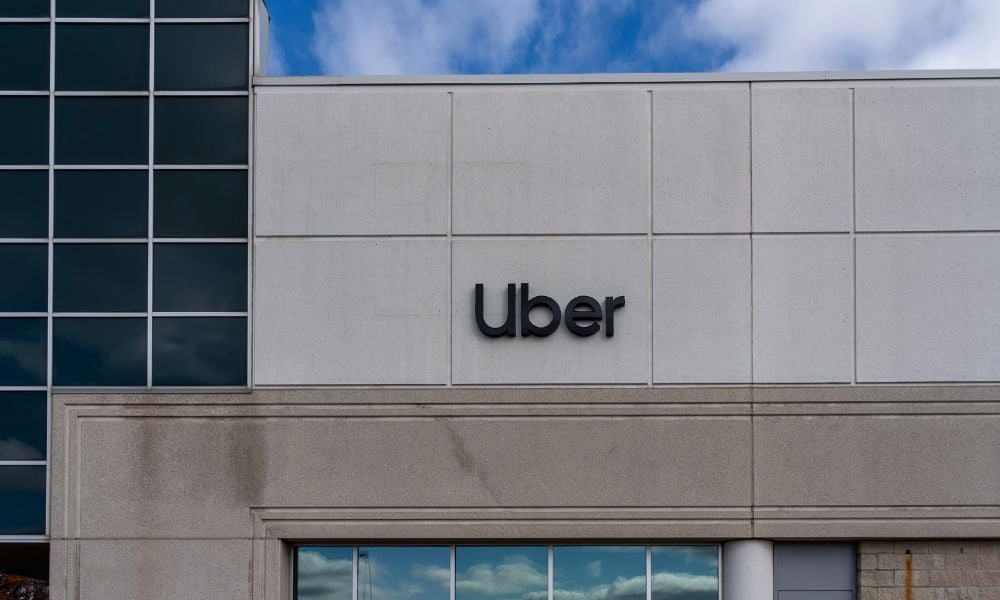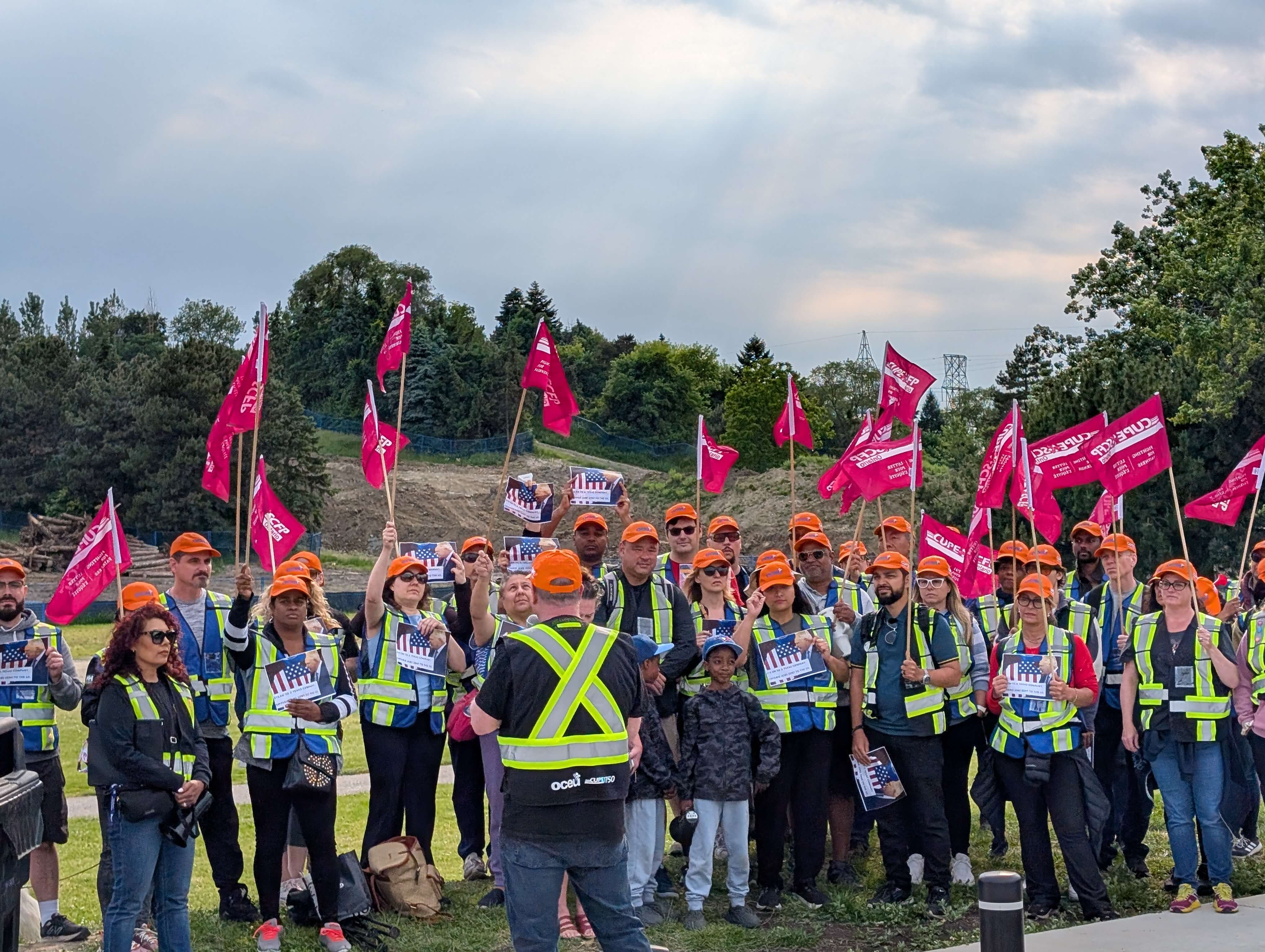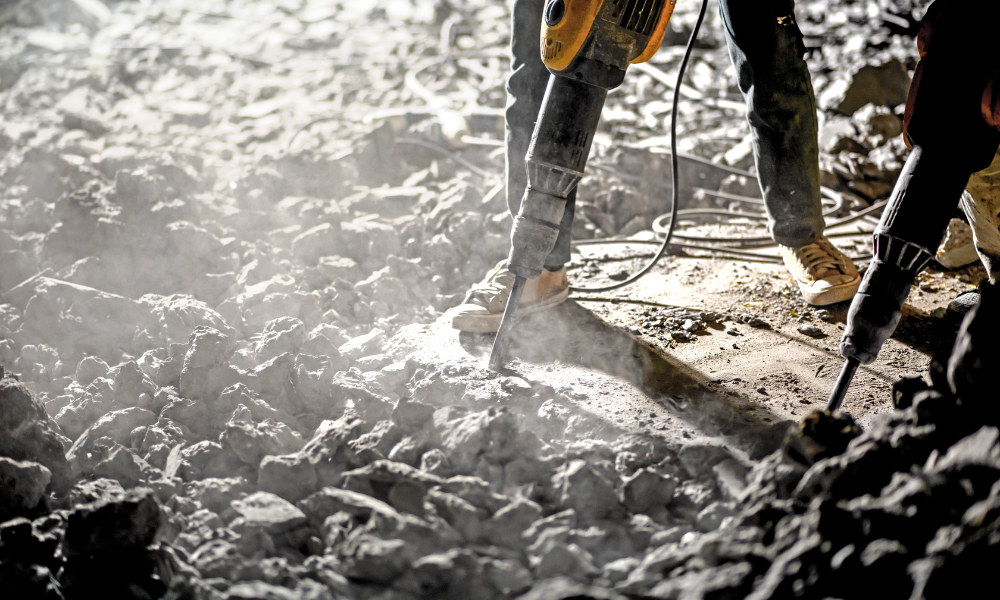How does health and safety affect customer service?

The heart of occupational health and safety is keeping workers safe. In businesses and environments that are customer-facing such as hospitality or retail, OHS programs may inevitably spill out to encompass customer health and safety as well.
And this makes sense, because if workers and customers share the same environment, customers could also be exposed to similar health and safety hazards.
More and more, businesses and OHS professionals are taking a holistic view of health and safety in the workplace, with this wider view also drawing in customer wellbeing. Putting customer safety at risk can have serious repercussions – notably as a financial liability – so it is incredibly important to consider health and safety in customer service.
Here are a few avenues to look into to make sure that optimal customer safety is being maintained.
Always improve your workplace’s air quality. COVID certainly taught us the importance of a good HVAC system. Bad air quality can help in the proliferation of viruses and germs. Broadly, customers want to feel safe when entering a space. Good air quality is one of the first things that they will notice so it’s a sound financial decision as well as a health and safety-related one.
Make sure there’s proper ventilation in the area. Similarly to the previous point, making sure that there is proper ventilation in the space being used by customers (and workers) is important. Certain environments (such as health care settings) may want to invest in more powerful ventilation systems to ensure optimal air quality.
Remove slip and fall hazards. If slips, trips and falls are one of the most common injuries among workers, and customers are potentially sharing the same space as those workers, then surely slips and falls are also a hazard for customers? Employers and safety officers should be working to eliminate these basic hazards (watch out for objects strewn in walkways, wet floors, etc.) to create a safer environment for both customers and workers.
Install effective lighting. Similarly to air quality, poor lighting can repulse customers from patronizing a business. But aside from financial concerns, poor lighting is also a safety concern (again, for workers and customers). If people can’t see what they’re doing, they’re inevitably going to come into contact with some type of safety hazard. OHS professionals need to make sure that effective lighting is installed in all areas of the business.
Ensure that your area and employees are aware of fire prevention. Fire safety training is mandatory in most workplaces. In customer-facing businesses, proper knowledge of fire safety and prevention will help keep workers and customers safer.
Put proper warnings and signs. Are there areas of the business that customers shouldn’t enter? Are there some health and safety things they need to know before entering a space? Make sure that proper and clear signage and warning signs are placed in all necessary parts of the business to prevent unnecessary safety hazards.
Have proper crowd control. With social and physical distancing one of the main public health guidelines across Canada, employers and safety professionals will now certainly have a good understanding of the importance of proper crowd control. This includes using wall or floor signage to organize the flow of customers within the business, monitoring entrances and exits to ensure that there is no over-crowding, and perhaps even adapting business hours to better manage crowds.





